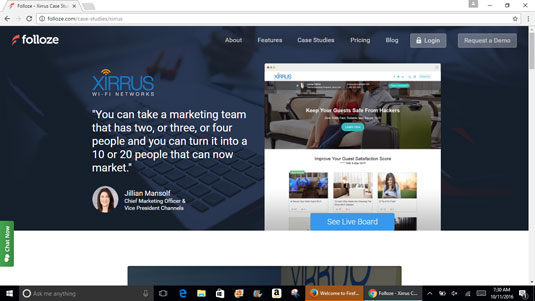South Australia’s lithium-ion battery grabbed the headlines in 2017, first when Elon Musk announced he’d build the world’s largest battery in 100 days or it would be free, then again when he accomplished it, and yet again when the battery reacted to power surges in record time in December.
But the big battery is really just part of the ongoing renewable energy story of South Australia.
The year kicked off with the South Australian government launching the $550 million South Australian Energy Plan, which includes a $150 million Renewable Technology Fund that will provide $75 million in grants and $75 million in loans to help private companies and entrepreneurs develop eligible projects.
Musk’s now famous battery was one of the first projects to be funded, receiving $20 million to story the energy from the Hornsdale wind farm in South Australia’s Mid North, which is owned by French renewable company Neoen.
Tesla CEO Elon Musk and South Australian Premier Jay Weatherill announce the world’s largest battery at Hornsdale Wind Farm in the state’s Mid-North. Picture: Andre Castellucci/InDaily
Global energy companies have taken notice of South Australia’s leadership in renewables and began investing in the state in earnest in 2017.
In August Solar Reserve announced it would build a 150MW solar thermal in Port Augusta, incorporating eight hours of storage or 1100MWh, allowing it to operate like a conventional coal or gas power station.
Electricity retailer Snowy Hydro and Singapore-based renewable energy developer Equis will also build a 100 MW solar farm near Tailem Bend, 100 km southeast of Adelaide. Reach Solar currently have the 220 MW Bungala solar farm about 12km from Port Augusta under construction, with Origin Energy entering a power purchase agreement for the output of the project.
Lyon Group also plans to build a 330MW solar generation and 100MW battery storage system in the state’s Riverland.
Solar technology company Fluid Solar also unveiled its new head office in Adelaide this year, which will run completely on renewable energy, independent of the state’s power grid.
A field trial to develop highly efficient solar energy heliostats made from plastic opened in October, bringing togetherBottom of Form car parts manufacturer Precision Components and the University of South Australia
The concentrated solar research field in the northern suburbs of Adelaide includes 25 heliostats each measuring 7.2 square metre and a 16-metre-tall concentrated solar photo-voltaic (PV) receiver, which can generate about 30 kW of electricity per hour.
Find better ways to store South Australia’s abundant solar and wind energy was a theme throughout the year and in October the latest projects to benefit from the Renewable Technology Fund included a system to capture biogas from a wastewater treatment plant, store it as thermal energy and sell it to the electricity grid.
South Australian company 1414 Degrees has spent almost a decade developing its Thermal Energy Storage System (TESS) technology to store electricity as thermal energy by heating and melting containers full of silicon at a cost estimated to be up to 10 times cheaper than lithium batteries.
The wastewater treatment plant project will use $1.6 million in government funding to help build a 0.25MW/10MWh thermal energy storage device that holds heat generated from the combustion of biogas produced on site.
The Renewable Technology Fund has attracted more than 80 proposals for technologies that include batteries, bioenergy, pumped hydro, thermal, compressed air and hydrogen from companies around the world.
The year ended with the Australian researchers who successfully unboiled an egg turning their attention to capturing the energy of graphene oxide (GO) to make a more efficient alternative to lithium-ion batteries.
The Flinders University team has partnered with Swinburne University of Technology in Victoria, Australian Stock Exchange-listed First Graphene Ltd and manufacturer Kremford Pty Ltd to develop a GO-powered battery, a super-capacity energy storage alternative to emerging lithium-ion battery (LIB) technology.




